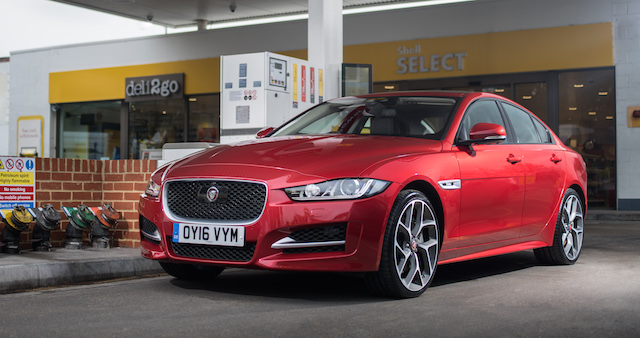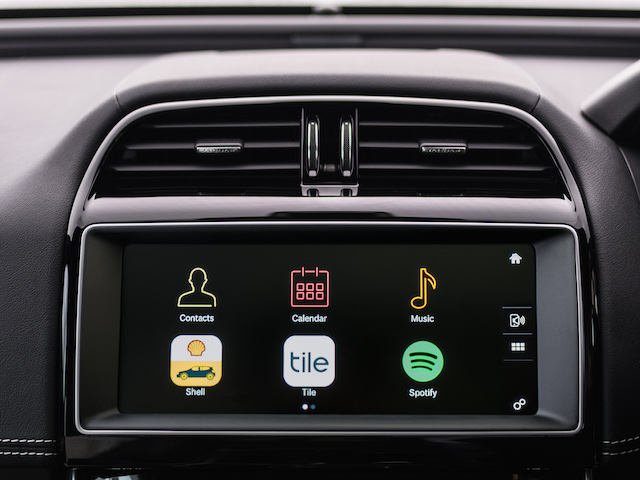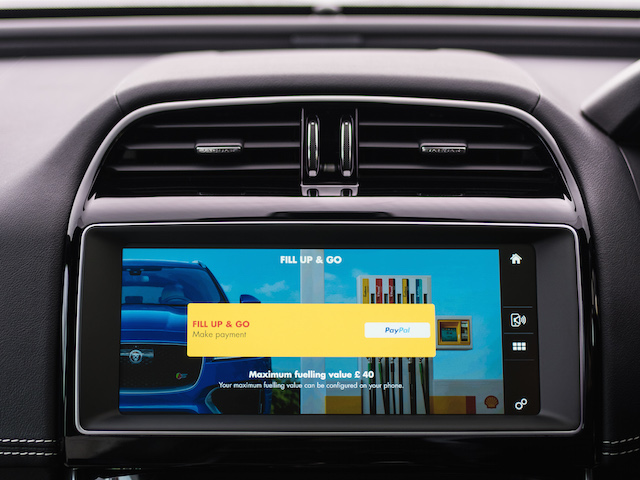
Oh dear, the NZ Herald, the newspaper that insisted for so many years that it was the journal of record, is among those publications so desperate for advertising dollars that it’s becoming a lap dog to those flogging manufactured ‘news’.
Its Driven motoring site today had a story that began: “Kiwi motorists could soon be paying for petrol from their car’s touchscreen with the introduction of a new cashless payment app …”
Driven had shamelessly printed word-for-word a press release from Jaguar Land Rover’s (JLR) agency to the NZ motoring media that, upon investigation, doesn’t stack up.
The release went on: “The app, developed by British carmaker Jaguar, will allow drivers to make a fuel purchase and receive a receipt directly into their accounting software from within their vehicle.”
Whoopee! Next step ‘neutral lace’, an injectable mesh that hardwires your brain to communicate directly with computers. (More on this down the page).
What Driven didn’t do was a simple double-check. It would have revealed that the NZ press release left out a crucial fact: that the app works only with Shell fuel stations in the UK.
Jaguar HQ itself said so: “Users of the app can drive up to any UK Shell pump and use their vehicle’s touchscreen to select how much fuel they need and pat for it via PayPal or ApplePay.”
A query to the PR agency in Auckland about the technology and its timing resulted in this reply: “JLR don’t have a clear visibility as to which NZ oil brands are compatible with this tech yet.”
Therefore mainstream site Driven, to preserve its impartiality and not continue to blur the lines between ‘news’ and ‘guff’, could have put the record straight.
Simply that JLR is looking towards introducing the app to NZ but that there is work to do yet with the likes of BP, Mobil, Caltex, Challenge, Gull, GAS … rebadged Shell operation ‘Z and PayPal and ApplePay’.
The story has JLR general manager Steve Kenchington saying the technology will be introduced for Jaguar vehicle owners from 2018 and will be available at selected service stations throughout the country.
But the response from JLR’s public relations agency shows that very little is known about how the app will fit with those service stations and if indeed it will be available in 2018.
To be fair, Driven (of which I was the founding editor in 2011) wasn’t the only sucker. Other motoring outlets, many staffed by reporters who look upon PR stuff as breaking news, reproduced the JLR release.
Meantime, ‘injectable mesh’ is something futurist and Tesla CEO Elon Musk believes will happen. “We’re already cyborgs,” Musk told a Vanity Fair writer.
“Your phone and your computer are extensions of you, but the interface is through finger movements or speech, which are very slow.”
With a neural lace inside your skull you would flash data from your brain, wirelessly, to your digital devices or to virtually unlimited computing power in the cloud.
“For a meaningful partial-brain interface, I think we’re roughly four or five years away,” said Musk.


